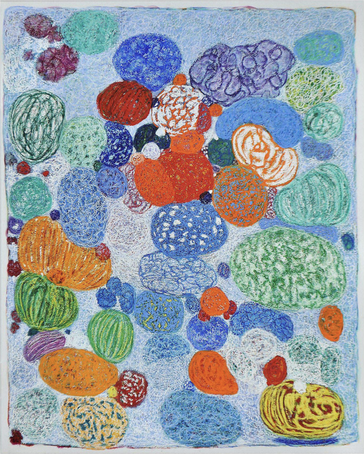 Que Seurat, Seurat
Que Seurat, Seurat 92.5 x 75 inches
Jeff Kowatch, from Los Angeles, is an abstract artist who currently lives and works in Belgium with a years long pit stop in New York City between those destinations. His work, while striking even in photographs, truly comes alive when seen in person. It is difficult to imagine, from a distance, but many of his pieces are on aluminum, yet they give a soft impression, as if they were quilted.
His art “career” started quite young.
“I started painting when I was ten. My mother put me in an adult art class (Aaron Brothers Art) in California and the teacher had us copying reproductions of old master paintings that he kept filed in a cardboard box. I did this till I was about eighteen years old,” he says. “When I was eighteen, I had a friend who took me along to one of his theater classes, heavily based on the Lee Strasberg method and the Stanislavsky system. To make a long story short the friend didn’t stick around and I ended up becoming a method actor or shall I say method painter doing animal exercises jumping up and down, screaming and learning to not be ashamed of making a fool of myself for all of about ten years.”
Kowatch says that this period was one of personal development and it formed who he is.
“To give you an example, I worked on a scene from the Seagull of Chekhov three to four nights a week for two and a half years and the scene only takes about three minutes on stage. At the end I had a complete understanding of how far in depth one can go with a work of art. When I spoke with others about what I attained in this scene which was, being completely in the moment, they said it sounded like a zen experience. Well, I ended up quitting the theater and taking up zen meditation for fifteen years, meditating up to four hours, every day. Crazy? Yes. But it makes for who one is.”
His theater training became a big part of his painting practice.
“My work has always been about getting to the essence of things and making them universal and I always worked with subjects, whether based on religion or fiction like Don Quixote,” says Kowatch. “Well, how do I make the Coronations of the Virgin Mary universal, what is the essence of this idea? Funnily enough I’m not a virgin let alone a woman or the mother of Christ for Christ’s sake. So this is where the theatre training comes in, with the magic 'if' Imagination.”
“The drawings have always been a part of my process even more so now that I’m working with these rigid supports and with oil bars which are basically oil paint in stick form. The paintings on the other hand are built up on linen with a lead gesso surface that is sanded to a smooth finish. A painting can take up to two years to complete with up to one hundred layers of oil paint using a technique of glazing and scraping. When I start an oil painting they are full of energy and spontaneity and can be quite aggressive but as I built it up all of this is lost and replaced by a more peaceful and contemplative mood, which I’m looking for and at the same time always found it a shame that one doesn’t see this raw and exciting energy that I started out with.”
Kowatch says that the drawings are the “other side” of his work, the part that gets buried beneath the time consuming process of his paintings.
“The drawings also give me a certain sense of satisfaction since they can come together rather quickly whereas when I start a painting I know that I’m going into it for the long hall. Which is basically living in a constant state of doubt. So it’s a nice way to work in a balance way, to be able to have a bit of pleasure coupled with its opposite,” says Kowatch. “The drawings help me to also see the paintings in a different way and vice versa for the drawings, one helps the other. With the drawings you can’t build it up with glazing drawing is about cross hatching and shading to build volumes. This is why I scribble basically. The line’s are blended together with the eyes à la Seurat. The big drawing you saw in Expo Chicago was called Que Seurat Seurat. My earliest childhood memories are of a field trip to the Los Angeles County Museum and by being struck by Seurat. It’s not until recently that I realised that basically my whole life I’ve actually been painting Seurat’s. Haha, that’s quite funny I find! My paintings are just oversized spots!”
Kowatch started using oil bars on Dibond (aluminum composite) because he had previously used handmade, wax-based oil pastels on hand made paper. It became difficult because they had to be framed as they never really dried.
“So I switched to these oil bars which dry the same as oil paint does and I was looking for a way to avoid paper as well so they wouldn’t have to be framed. The advantages of Dibond is its lightweight, stable and doesn’t move like wood,” he says. “There was a bit of getting used to the oil bars though because they moved across the surface like lipstick on glass. This was entirely too fast for my internal rhythm. With the wax based pastels you really had to push them across the surface. Which slowed everything down allowing my brain to proceed at the same pace as my hand.”
“Technique for me has always been a means to an end. What I mean by that is that there is just this internal need to express one’s self. It doesn’t matter what you use. You can use bottle caps like El Anatsui,” he says. “Secondly, it was what was given to me as a child and for that matter by history as well. And honestly I don’t want to have to think about technique so I can concentrate on the subject at hand. Therefore I do work in a very fixed way.”
Immediately after Kowatch moved on from copying the masters he began a series of paintings, his Apostle paintings. These paintings used roofing tar and house paint on burlap.
“Burlap because it was inexpensive. Tar because I felt the Apostles needed to be very earthy and grounded. Latex house paint once again because it was inexpensive and I could get an interesting cracking effect if I put the paint on when the tar was still wet. Later on in 1997 after completing the Coronation of the Virgin Mary, which by the way is the only painting I worked on for three years, I invested in linen and oil paint, since at this point, I believe I had found a voice and could permit myself professional materials, let’s say more archival,” says Kowatch. “At this point I’m living in New York in a wonderful loft in Chelsea before it was Chelsea. The Dia was there and maybe Pat Hearn just arrived. Still very poor, cadmiums can be quite expensive, luckily I came across an amazing guy in Brooklyn who sold pigments and taught me how to grind my own paint and make sun thickened linseed oil to use for glazing. He even gave me a photocopy of techniques of old masters. Robert Doak. I went back and visited him a couple years ago and he was still there, just missing a bit of his hearing. Great guy, I’ll never forget him.”
Kowatch held two simultaneous shows in Brussels in 2019 and the Royal Fine Arts Museum purchased a large piece, Christ Leaving Brussels, for their permanent collection. His work was shown at Expo Chicago by Galerie La Forest Divonne (Paris/ Brussels). Kowatch was the only artist in their booth. Shortly thereafter he was their featured artist in Art On Paper (Brussels).
Look for upcoming events and more work from Kowatch HERE.
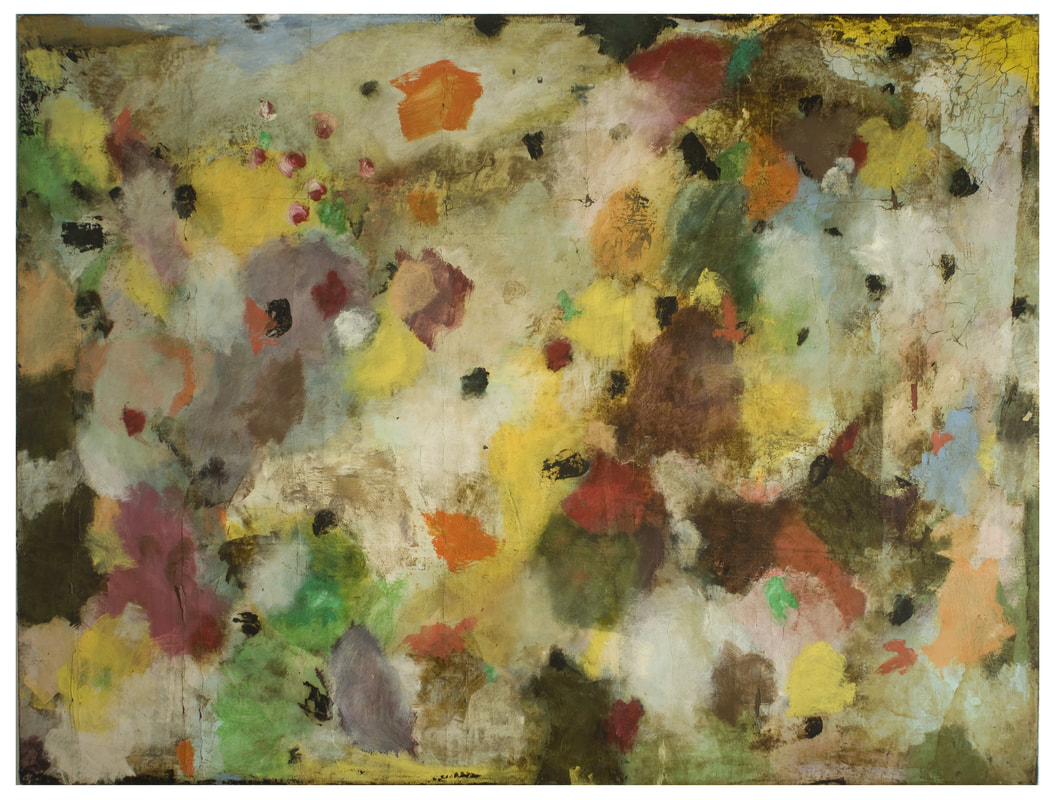
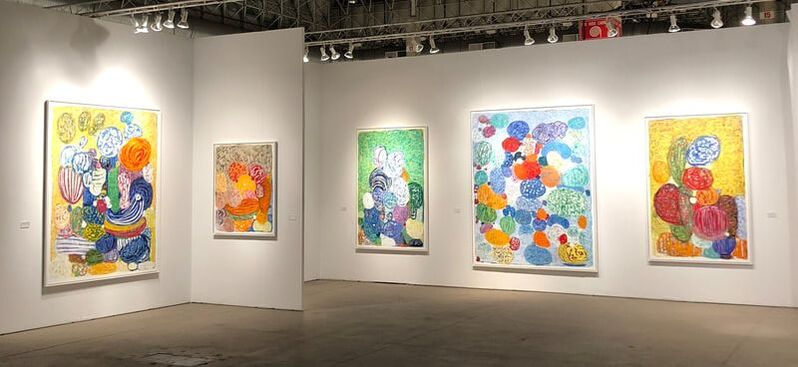
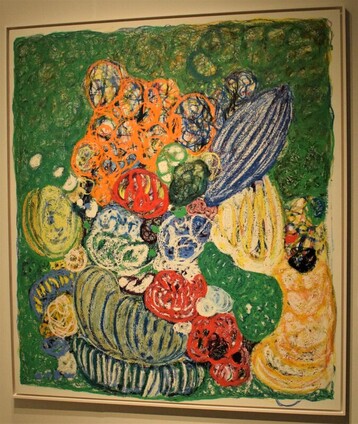
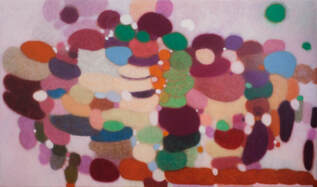
 RSS Feed
RSS Feed